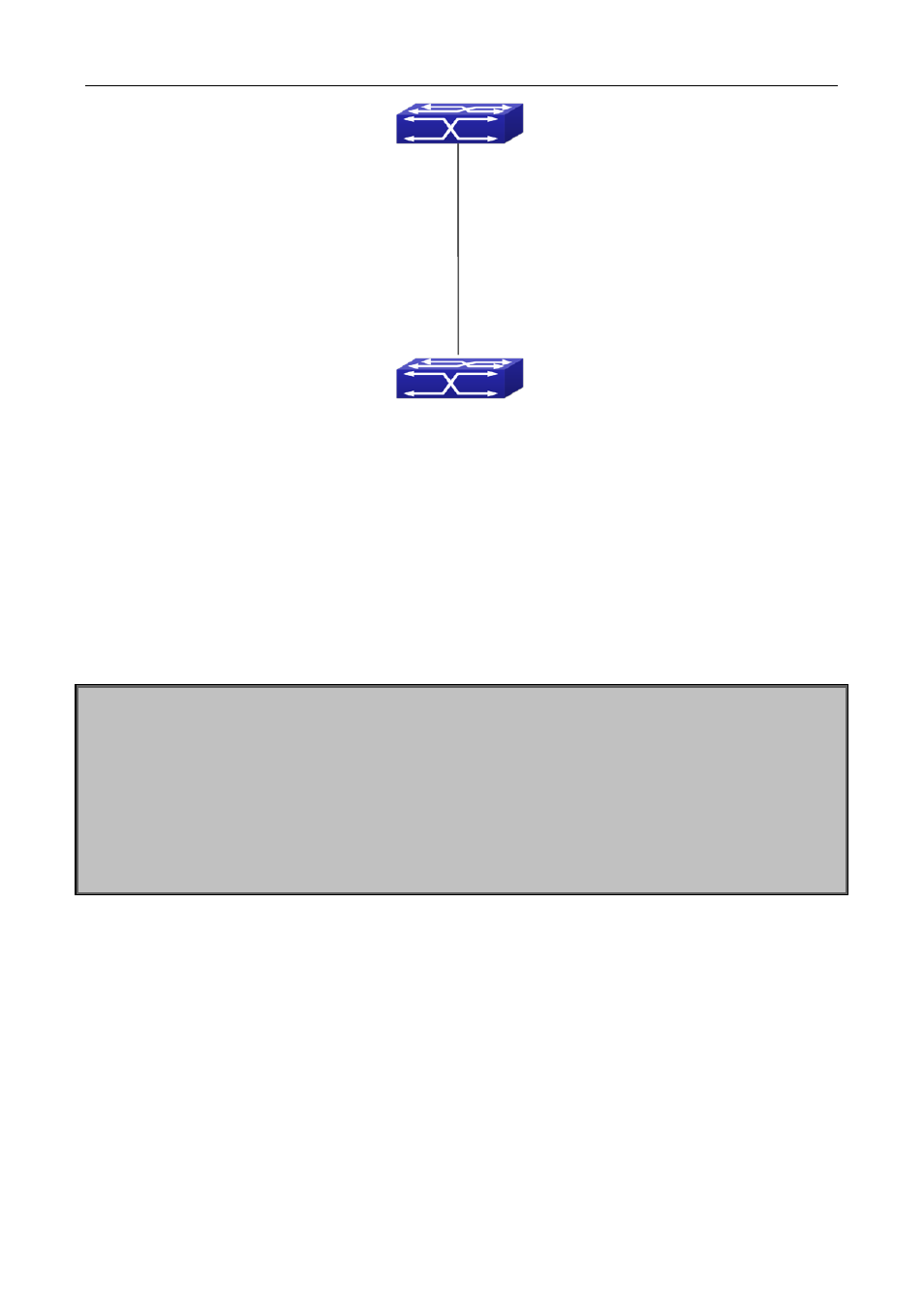4 rip troubleshooting, Roubleshooting – PLANET XGS3-24042 User Manual
Page 293

36-11
Figure 36-2 Typical application of RIP aggregation
As the above network topology, S2 is connected to S1 through interface vlan1, there are other 4 subnet
routers of S2, which are 192.168.21.0/24, 192.168.22.0/24, 192.168.23.0/24, 192.168.24.0/24. S2 supports
route aggregation, and to configure aggregation route 192.168.20.0/22 in interface vlan1 of S2, after that,
sending router messages to S1 through vlan1, and put the four subnet routers aggregated to one router as
192.168.20.0/22, and send to S1, and not send subnet to neighbor. It can reduce the router table of S1, save
the memory.
S1 configuration list:
S1(config)#router rip
S1(config-router) #network vlan 1
S2 configuration list:
S2(config)#router rip
S2(config-router) #network vlan 1
S2(config-router) #exit
S2(config)#in vlan 1
S2(Config-if-Vlan1)# ip rip agg 192.168.20.0/22
36.4 RIP Troubleshooting
The RIP protocol may not be working properly due to errors such as physical connection, configuration error
when configuring and using the RIP protocol. So users should pay attention to following:
First ensure the physic connection is correct
Second, ensure the interface and chain protocol are UP (use show interface command)
Then initiate the RIP protocol (use router rip command) and configure the segment (use network
command) and set RIP protocol parameter on corresponding interfaces, such as the option between
RIP-I and RIP-II
After that, one feature of RIP protocol should be noticed ---the Layer 3 switch running RIP protocol
S1
S2
vlan1:192.168.10.1
vlan1:192.168.10.2
192.168.20.0/22
192.168.21.0/24
192.168.22.0/24
192.168.23.0/24
192.168.24.0/24